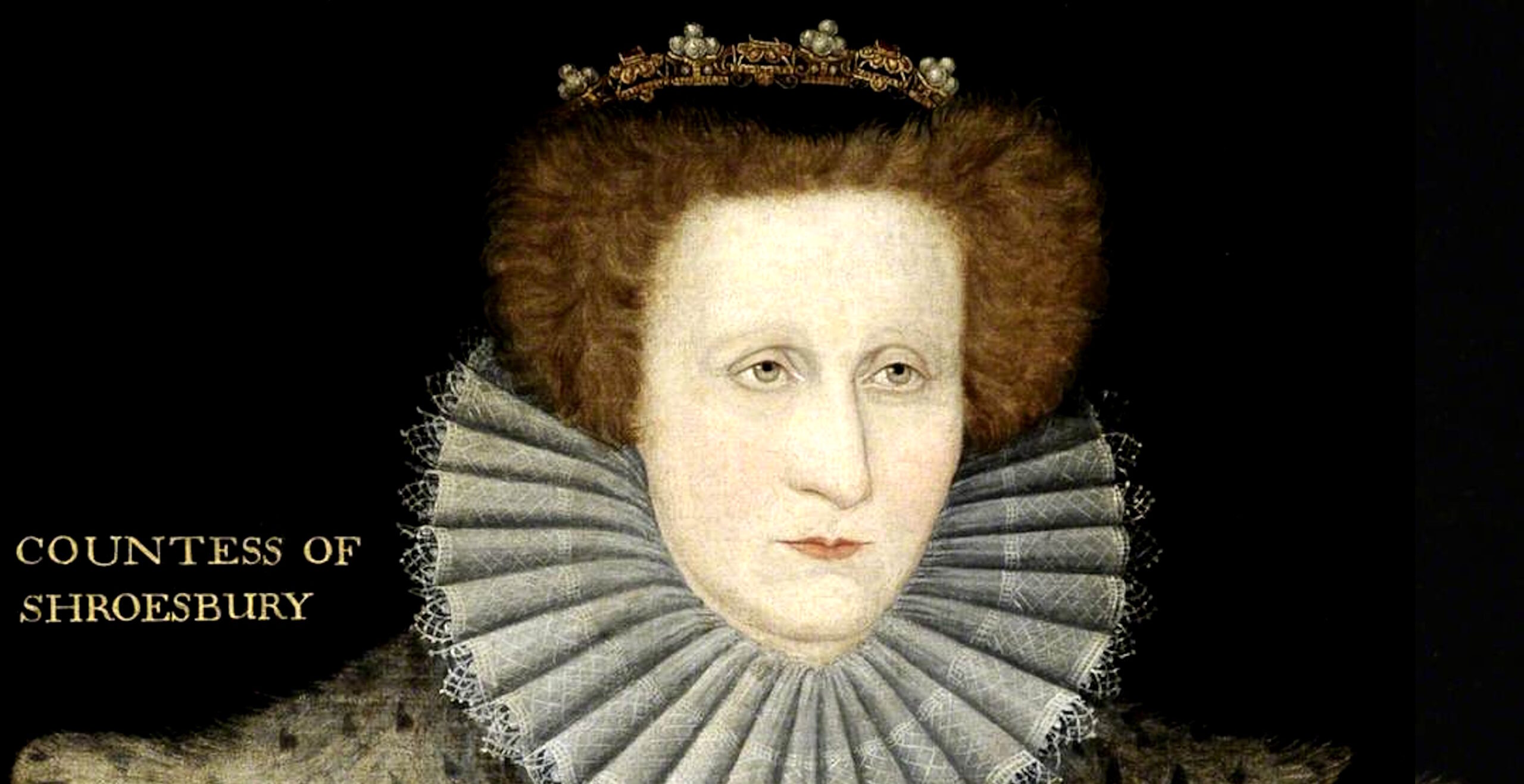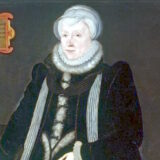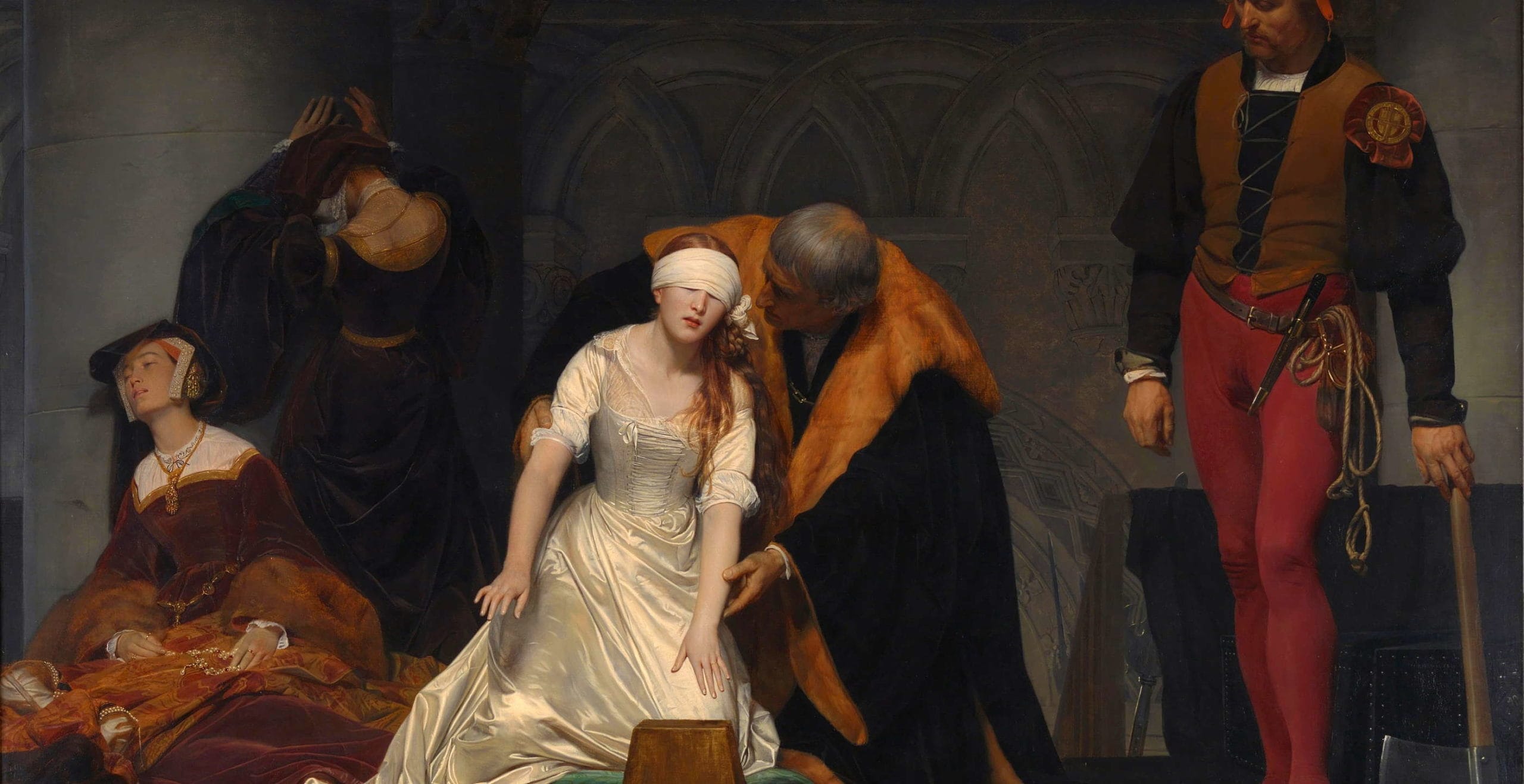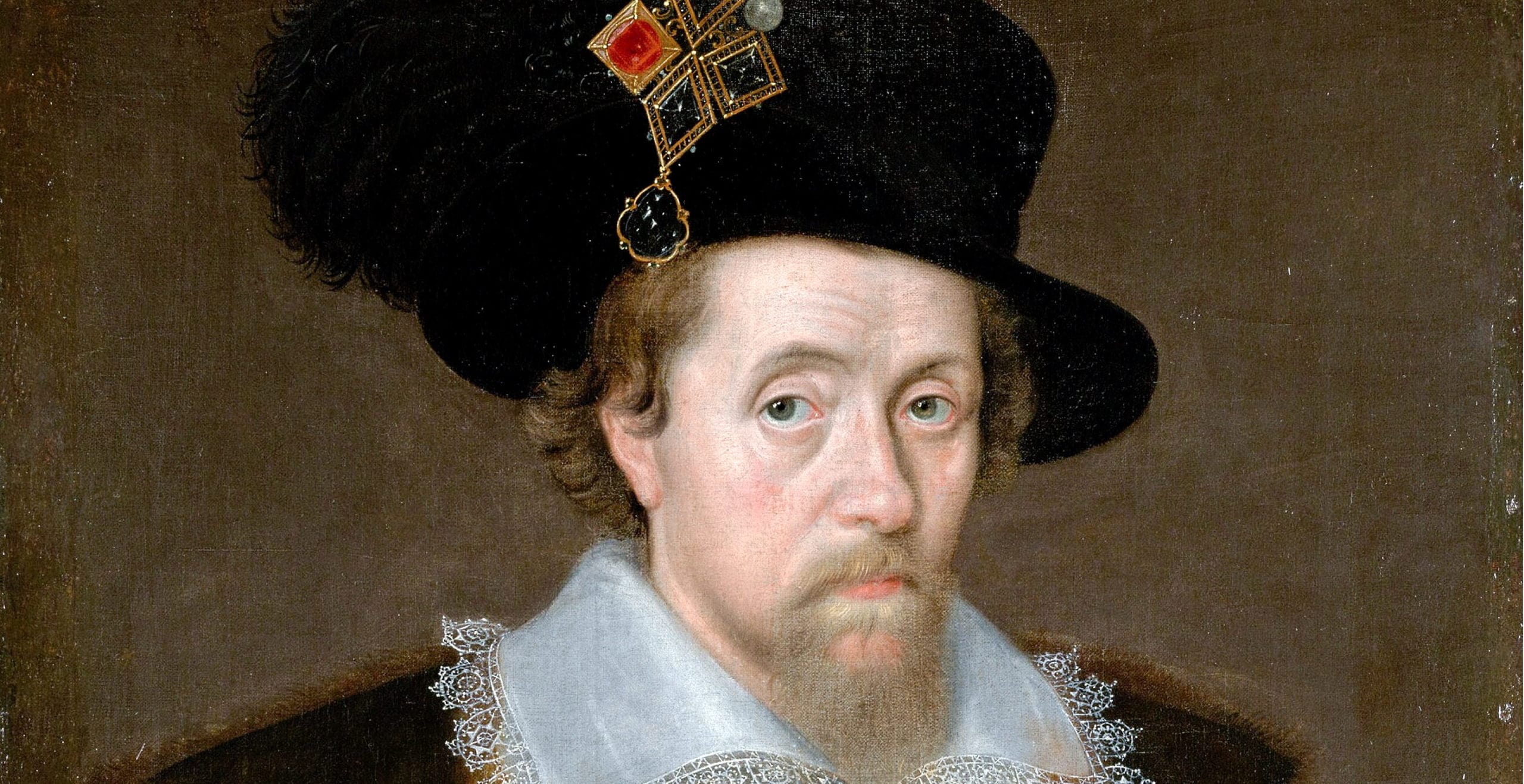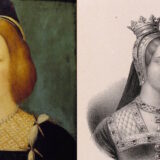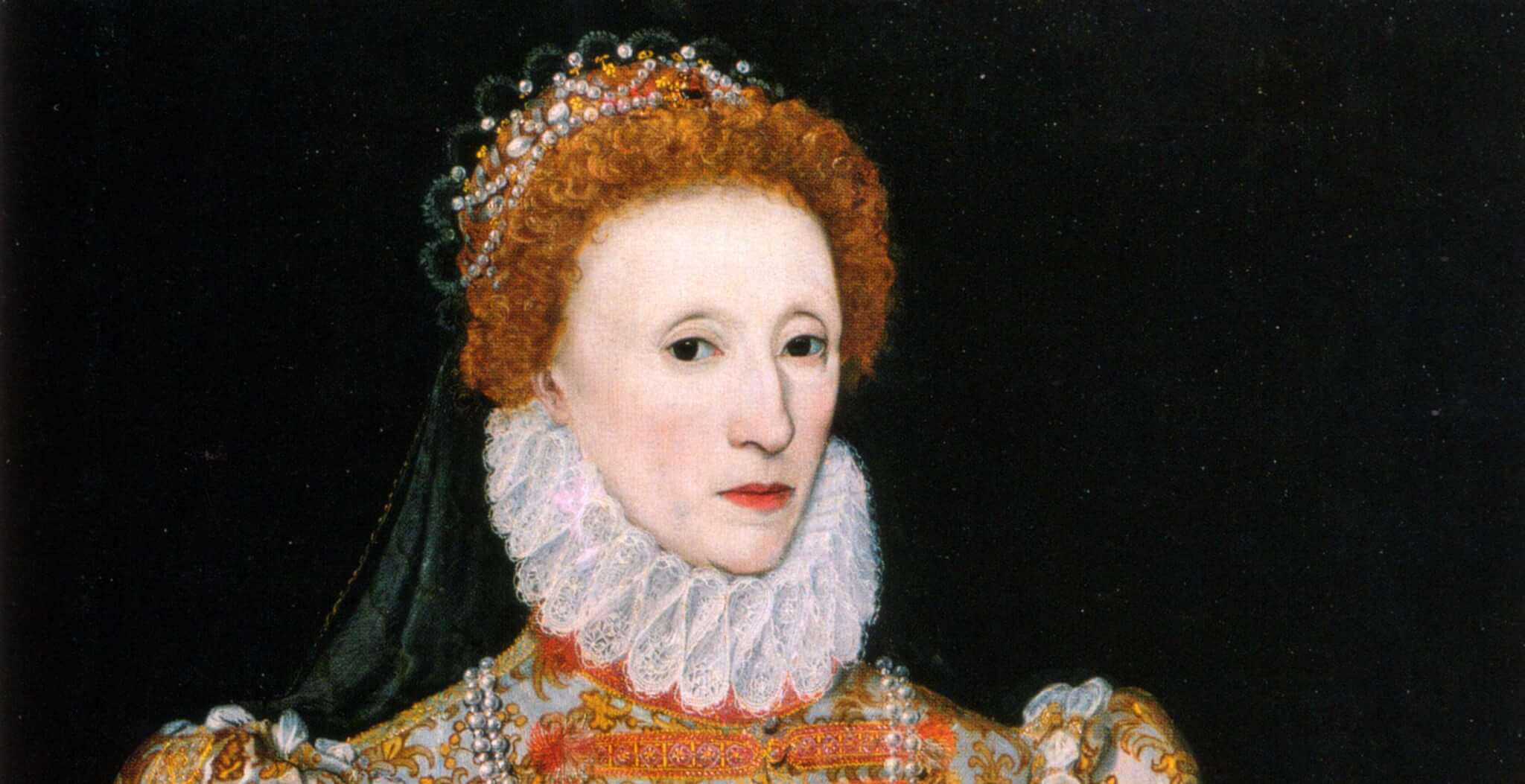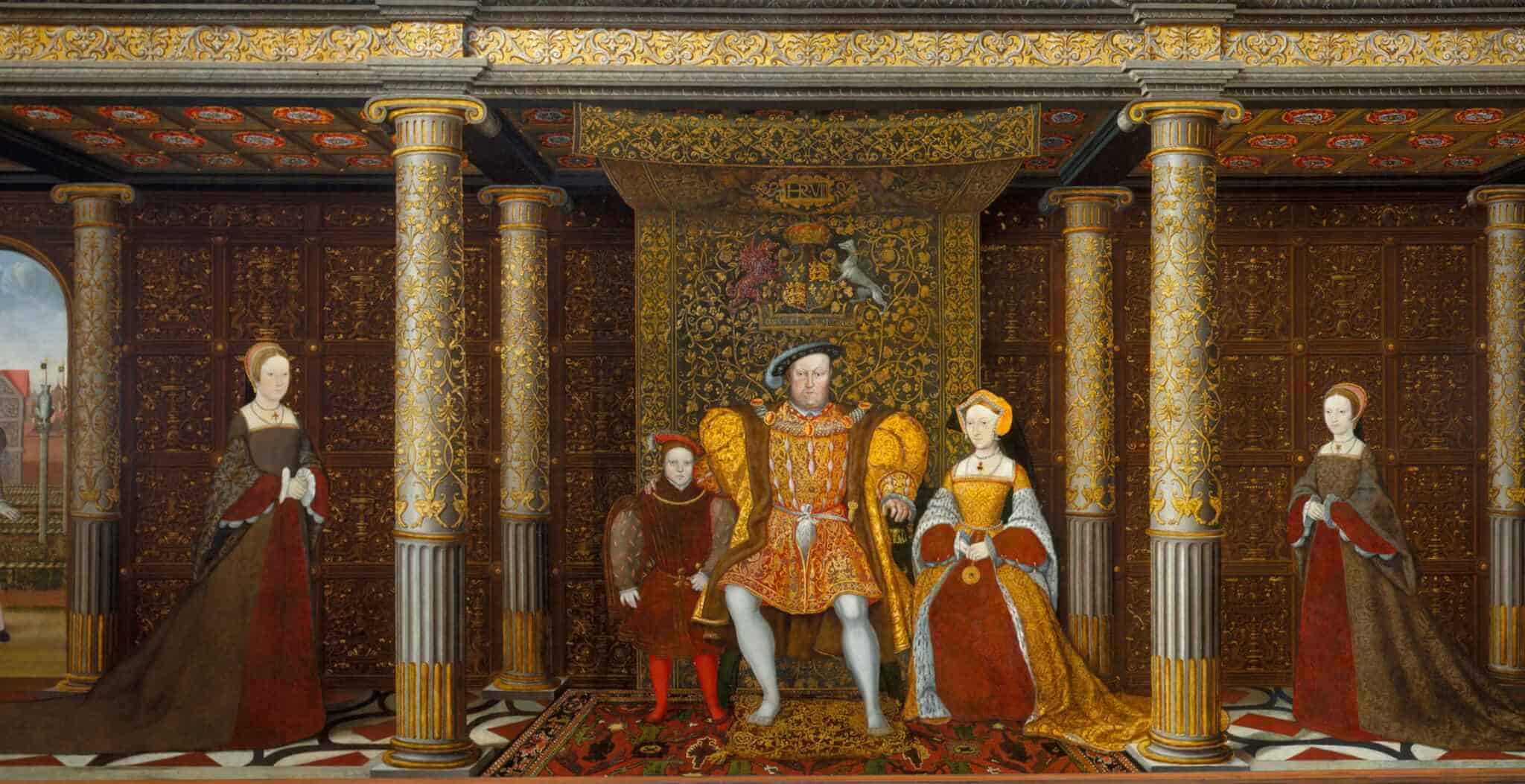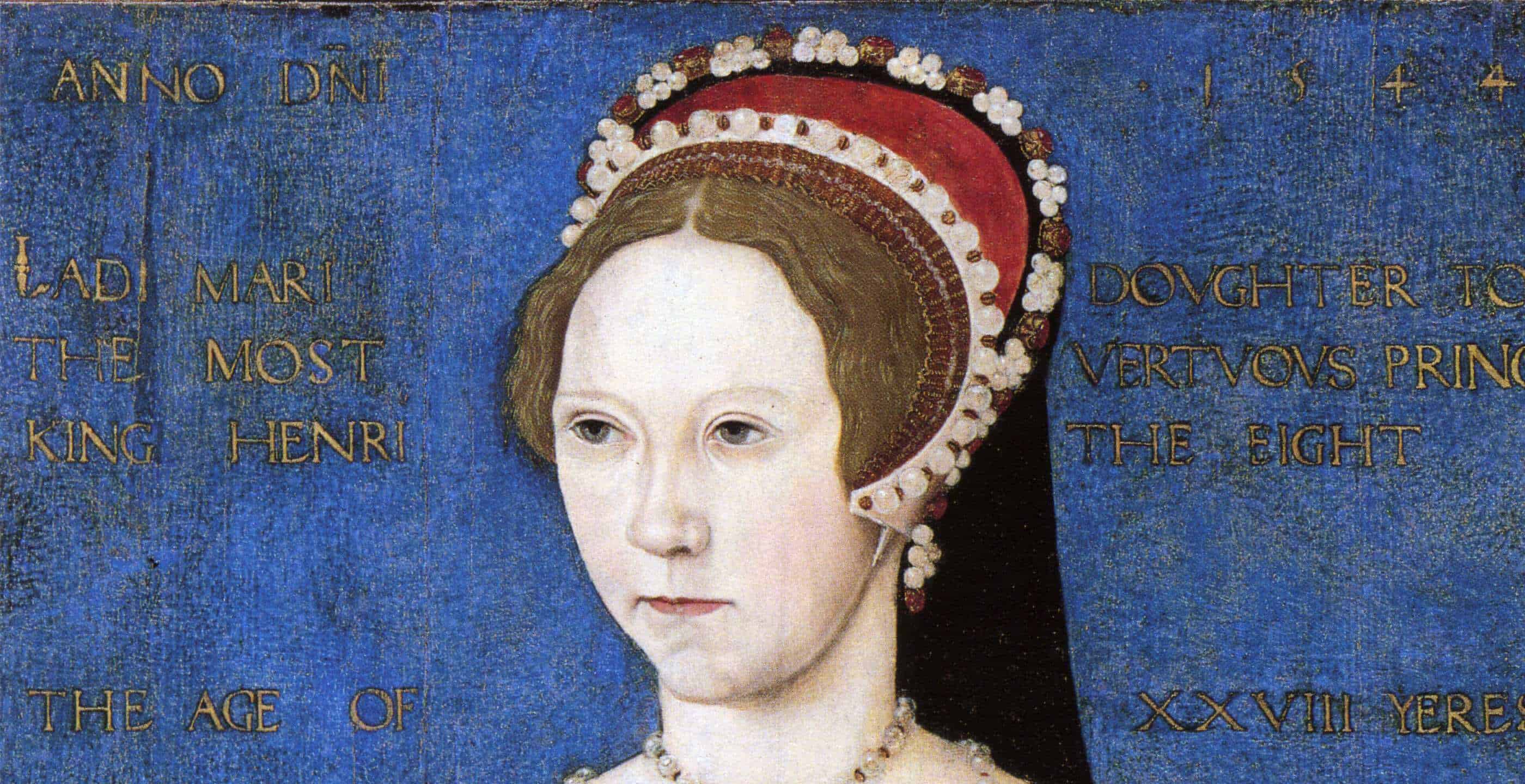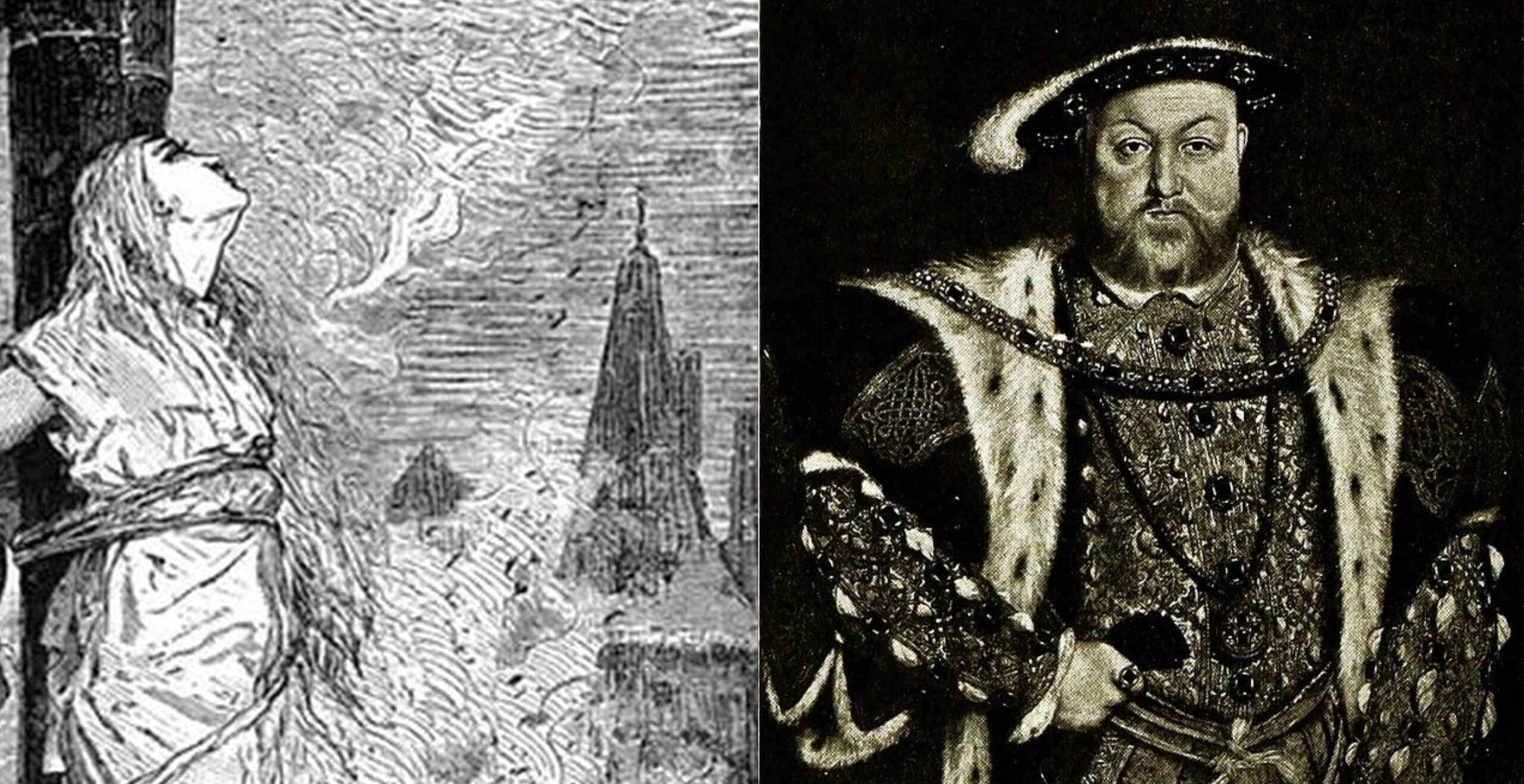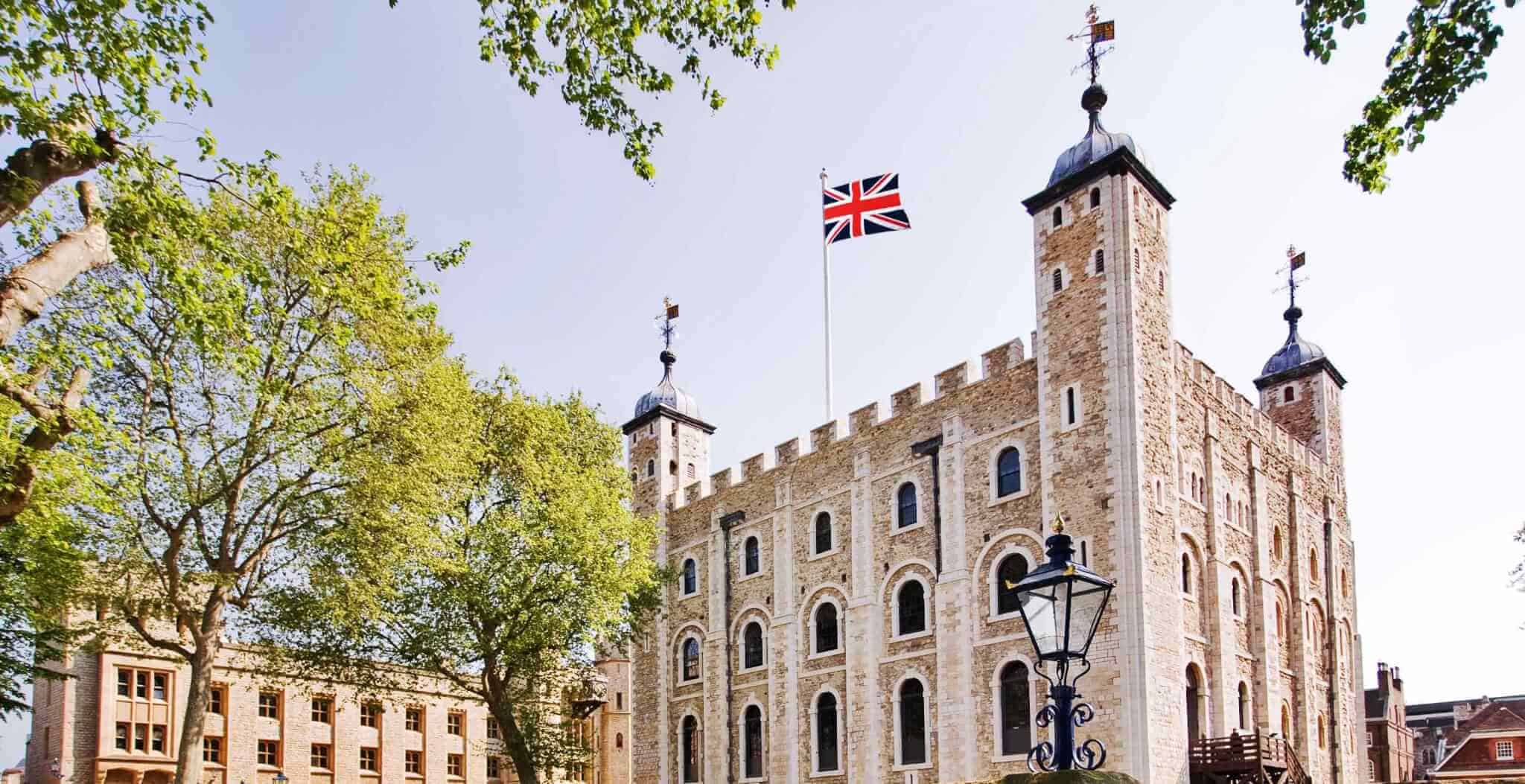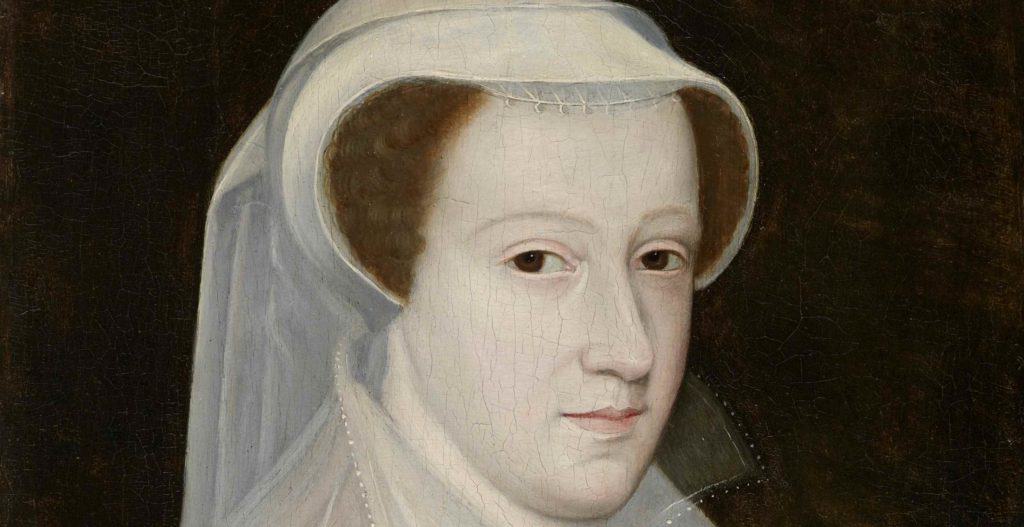In 1527, Elizabeth Hardwick, wife of John Hardwick of Hardwick in Derbyshire, gave birth to a daughter who was christened Elizabeth. Although her parents were of relatively modest means and financial hardship lay ahead for the family, the newborn girl was destined to achieve great status and wealth. These would come through her own efforts and her network of contacts. Eventually she would become Countess of Shrewsbury, and one of the richest and most influential people in England.
Elizabeth Hardwick would also become, through her second marriage to William Cavendish, the matriarch of some of England’s leading ducal families, including the dukes of Portland, Devonshire, and Newcastle. As her biographer Mary S. Lovell puts it: “there is probably no aristocratic family in England, including the present monarchy, which does not contain her DNA”.

While later standing in high favour with Queen Elizabeth, John and Elizabeth’s daughter would go down in history under the earthy name of “Bess of Hardwick”. This is in recognition of her strong ties to her home county of Derbyshire, and the magnificent country house for which she is best known today: Hardwick Hall.
There are two halls at Hardwick. One is semi-ruinous, while the other stands grandly and squarely behind it, still containing many treasures from Bess’s day. Its numerous windows gleam back at the visitor from their warm-coloured stone setting. They are a permanent reminder of the one-liner that made Bess and her second house at Hardwick famous: “Hardwick Hall, more glass than wall”.
Although she frequently travelled to London and spent time at court, in a way Bess was the local girl made good who never strayed far from her roots. While she spent time “doing up” the original hall, her birthplace, it was not enough for Bess. She embarked on the building project of the new hall late in life and it is testament to her determination, wealth, and taste.
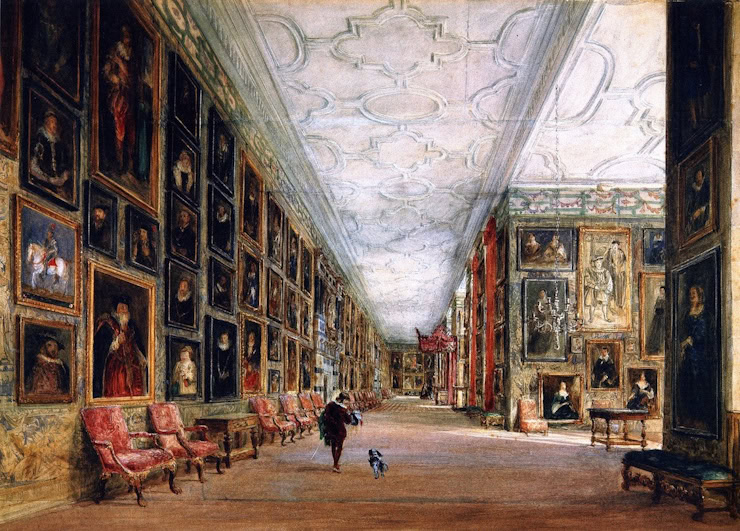
Chance played a part in her success, and her ability to avoid some of the nasty fates of her contemporaries sets her apart as a survivor. More importantly though, it was her ability to seize every opportunity that came her way and squeeze the most out of it that led to her steady rise in society.
Bess learned about two things early in her life: poverty and litigation. As a result, she would spend years avoiding the former and engaging in the latter. Her father died when she was still just a baby, and the family was almost immediately plunged into the type of legal altercation over property and inheritance that was common at the time. In widowhood, Bess’s mother found herself poorer than she expected, with only her widow’s portion to rely on and several small children to bring up.
As was almost inevitable, Bess’s mother married again, and the family fortunes stabilised. Bess went into service, but at a high level. She joined the household of the Zouche family of Codnor Castle in Derbyshire. While still in her early teens, she met and then married Robert Barlow, who died not long afterwards, aged only thirteen. Bess was two years older.
Bess thus became a very young, childless widow with a right to one third of the income from her husband’s estates and rents. She was in a very similar position to that of her mother when she was suddenly widowed, and vulnerable to opportunists who would be only too ready to separate her from her income.
Bess effectively went out to work. She became a waiting gentlewoman to Lady Frances Grey, and this put her just one degree of contact away from the royal family. Before her marriage, Lady Frances Grey had been Frances Brandon, and she was the daughter of Princess Mary, Henry VIII’s younger sister, who was married to Charles Brandon, Duke of Sussex. Prior to this, Mary had been married to King Louis XII who was much older than her, and so had been Queen of France for a brief period until his death.
If the name Lady Frances Grey sounds familiar, it should do; she was mother of Jane Grey, the ill-fated young woman who became queen briefly and was subsequently executed. Frances Grey’s other daughters, Katherine and Mary, were bullied and manipulated by their ambitious and exploitative mother, as was Jane.
While with the Grey family, Bess met Sir William Cavendish, who was nearly twenty years her senior. He was a widower with children, only two of whom survived to a marriageable age, his daughters Katheryne and Ann. Sir William was one of the greatest beneficiaries of the dissolution of the monasteries, garnering in land and wealth, and eventually purchasing the office of Treasurer to the King’s Chamber. This was a costly, but ultimately lucrative and high- status investment.
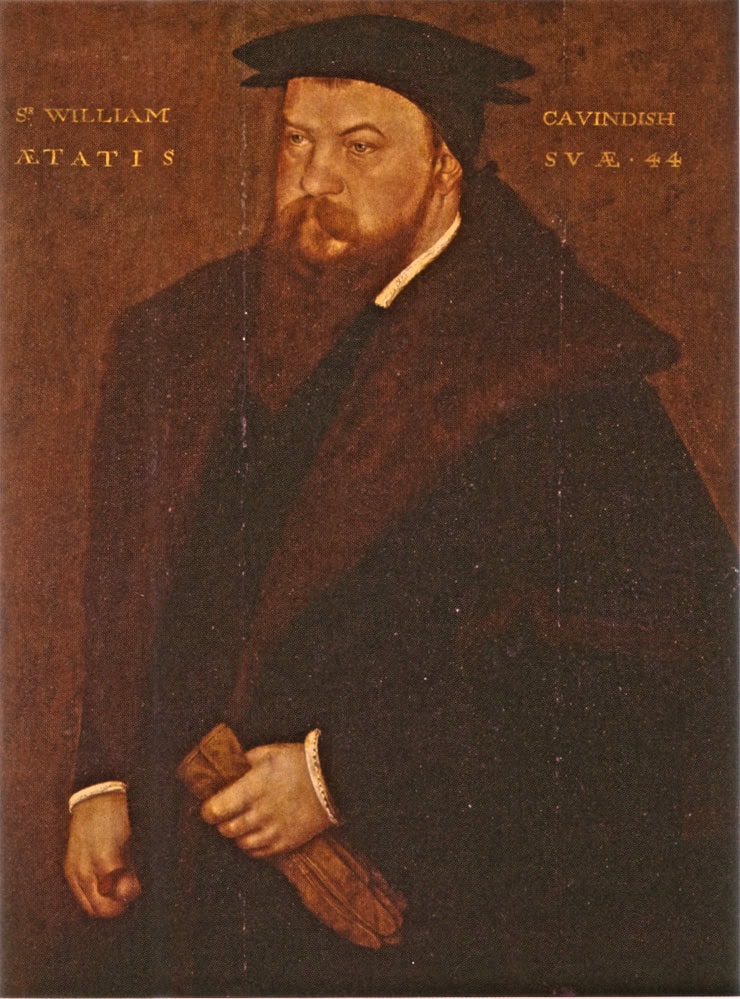
It’s no exaggeration to say that William and Bess became the power couple of the north, shrewdly playing property and land like successful Monopoly game participants. Bess invested in coal and iron as well. Chatsworth was their greatest success and Bess’s favourite house. She raised her family here, her surviving daughters being Francis, Mary, and Elizabeth, and her sons Henry, William, and Charles.
During the reign of Mary, the Cavendish fortunes took a serious turn for the worse. Sir William Cavendish was accused of being responsible for errors of accounting in the last year of Henry VIII’s reign – embezzlement in effect – and had to appear before the Star Chamber. His health deteriorated and he died suddenly. Left with a hefty debt to pay, Bess nonetheless clearly grieved deeply for him. The marriage had been both successful and affectionate.
The same appears to have been the case with her next marriage to William St Loe, the dashing Captain of the Guard to Queen Elizabeth. However, despite being a happy and loving one, the relationship was marred by family disputes. Sir William died suddenly, most likely poisoned by his scheming brother who had been in litigation with William and Bess over property. There had already been one failed attempt on her own life.
Bess’s next, and last, move in the marriage market was the most high-ranking yet; to the widower George Talbot, Earl of Shrewsbury, another landowner of great wealth and influence. She was in her early forties. This marriage, like her previous ones began happily and affectionately, but soon political events would destroy it. The families were joined even more closely by marriages between Talbot’s heir Gilbert and Bess’s daughter Mary, and Talbot’s daughter Grace with Bess’s son Henry.
Bess’s middle years were dominated by the task of looking after Mary, Queen of Scots in captivity. The effect on Bess’s marriage was lethal. At first this “poisoned chalice”, as Mary S. Lovell rightly describes it, was seen as a great honour. Shrewsbury wrote warmly to Bess saying that in asking him, the Queen had shown a level of trust that she revealed to few and had told him as much.
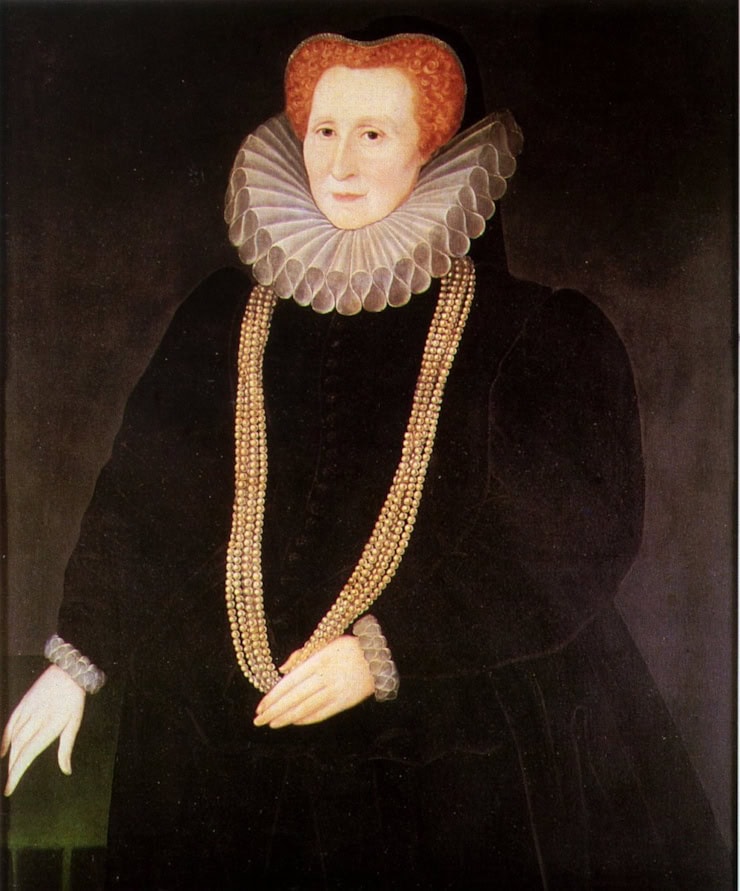
Once on the Mary-go-round, it was virtually impossible to step off. In delivering Mary into Shrewsbury’s supervision, Queen Elizabeth had displayed her own shrewdness yet again. As the nation’s wealthiest landowners, with a number of country houses and castles potentially available to contain the most important prisoner of state (and all of them well away from the metropolis), the Earl and Countess of Shrewsbury were the perfect instruments to take on the task.
Tutbury was the first Shrewsbury property to house Mary, who made her feelings clear about it on numerous occasions – a cold, damp, miserable and sunless box, not fit for a commoner, never mind a queen. It literally stank. The drains didn’t work properly and the middens were notorious. It was a ramshackle old hunting lodge standing in the middle of a foetid swamp.
Even the Shrewsburys knew it was inadequate and had appealed to have Mary housed in the much more comfortable Shrewsbury property Sheffield Castle. Eventually everything was taken from Sheffield Castle to Tutbury in an attempt to cheer it up, but this just rendered Sheffield Castle cold and miserable as well, and turned Tutbury into a well-furnished malodorous squat.
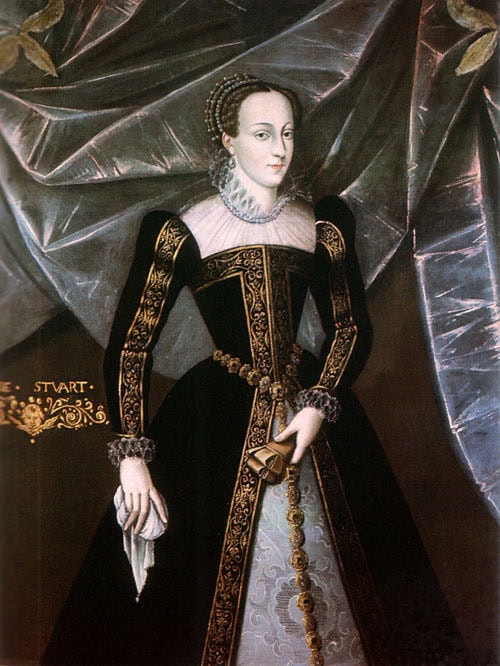
Eventually Mary was moved to Wingfield Manor and then, when she became ill, as she did frequently, to Chatsworth for a time. While Fotheringhay Castle, where she was executed, is the property best-known in connection with her, Tutbury was really her architectural nemesis. It was a later warder, Sir Amias Paulet, who supervised her worst years at Tutbury. One of the symbols of royalty that she had refused to surrender was her canopy of state, which she had set up over her chair. Whenever Paulet walked into her room and found it in place, he would wrench it down.
In contrast, the years under the supervision of Bess and the earl must have seemed generous and kindly. While some authors have painted a cosy picture of Mary and Bess companionably practising their needlework together (and this was the case, at least in the early days), danger and intrigue were never far from the Scottish queen. Bess was drawn into this, whether willingly or not. She would eventually be accused of gossiping about Queen Elizabeth to Mary, and plotting against her, a treasonable action that could have brought Bess to the Tower and execution.
Even their apparently innocent needlework was potentially subversive. One piece allegedly worked by Mary shows a demented-looking ginger cat, with the simple caption “a catte” stitched on it. Some have interpreted this as a literally catty dig at the red-haired Elizabeth. The rumours about Bess plotting with Mary may have had little substance. Being in constant proximity to a queen who had historically had her own claims on the English throne, it may have been expedient for Bess to nod along with some of Mary’s declarations and demands.
The Earl of Shrewsbury’s later portraits reveal the effects of stress in the form of premature ageing. Being responsible for the security of Europe’s highest profile political prisoner, and a flirtatious and scheming one at that, would have turned anyone into a nervous wreck. It cost Shrewsbury dearly in terms of his health, his wealth, and his marriage. Bess at first joked with him about his relationship with the Scottish queen, implying he had come under her spell like so many others. This soon turned sour when gossip spread that Shrewsbury was having an affair with Mary and even that they had a child together.
What with Mary’s desire to maintain the fiction that she was still a reigning queen, and Bess’s mania for building and furnishing houses, and Queen Elizabeth’s unwillingness to open the purse strings and pay him what he was due for his disagreeable duty, Shrewsbury was hardly in comfortably placed. Although Shrewsbury was no longer responsible for Mary when she was executed, he was there to the end, and visibly shed tears.
Bess was drawn even more closely into potentially risky royal circles through the marriage of her daughter Elizabeth to Charles Stuart, 5th Earl of Lennox. The Earl was the younger brother of Henry Darnley, the murdered second husband of Mary Queen of Scots. The mother of both Henry and Charles was Margaret Douglas, daughter of Margaret, Henry VIII’s eldest sister Margaret Tudor, who had been the wife of King James IV of Scotland. Margaret Douglas was her daughter by her second marriage.
Margaret Douglas had mostly been raised at the court of Henry VIII before marrying Matthew Stuart 4th Earl of Lennox, thus becoming Countess of Lennox. Margaret Stuart had blamed Mary Queen of Scots for the murder of her elder son. The birth of a daughter, Arbella, to Charles Stuart and Elizabeth seems to have provided an opportunity to at least restore a more amicable relationship between Margaret Stuart and Mary.
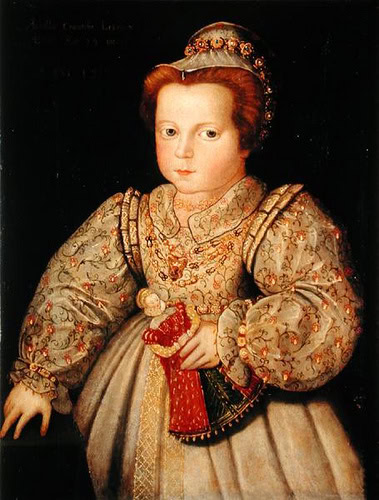
Grandmothers Margaret Stuart and Bess doted on little Arbella. Bess called her Arbell, and like her other grandchildren, she was a “precious jewel”. Bess seems to have been genuinely fond of small children, not simply viewing them as dynastic pawns. However, her relationship with Arbella was intense; the girl even slept in her grandmother Bess’s bedroom. For a time, Mary Queen of Scots was able to spend time with her niece Arbella. However, when a major row broke out between Bess, members of her family, and Mary over the relationship between Mary and Shrewsbury, Mary was not allowed to see her any longer.
Arbella was certainly viewed as a great dynastic prospect, with a marriage to her cousin James VI of Scotland even proposed. By the time Arbella was ready to present at Queen Elizabeth’s court, the idea of being the great-granddaughter and niece of two queens and granddaughter of two countesses had made her more than aware of her rank in society. Just as her aunt Mary had attracted plots, so too did Arbella, as many rulers and eminent men across Europe vied for her hand in marriage.
Bess had to deal with litigation even within her own family as she aged. Her houses provided some recreation for her. In 1601, realising that even she would not go on for ever, Bess drew together an inventory of all her belongings at Hardwick, the house where she spent her final years. The Hardwick inventory is an extraordinary document, revealing the vast quantities of furnishing Bess had amassed in her lifetime. For the Pearl Chamber, for instance, a tiny part of the inventory reads: “Fyve peeces of hangings called the planetes, whereof one peece in the wardrop, Eleven foote deepe, a bedsted Carved and guilte [gilded], a tester bedes head and double vallans of black velved imbrodered with silver golde and pearle … ”
Today, it’s easy to imagine Bess taking to social media with gusto. Her passion for building and furnishing would soon pick up a massive following on TikTok and Instagram. Perhaps she would even use her nickname: hardwickbess@thehall, or possibly the grander countessshrewsbury@homefitforaqueen. In between posting pics of interiors, she’d be perhaps sharing juicy gossip about her family.
Bess was the great survivor. In an age when many of her close contemporaries and relatives met unpleasant ends in the Tower, and were beheaded, poisoned, or simply died from one of the many fatal diseases of the time, Bess lived to be eighty years old. She had a strong sense of dynastic responsibility, and her ambitions ventured too close to the crown itself for the safety of her granddaughter Arbella. Perhaps realising from her knowledge of her own wayward eldest son Henry that offspring didn’t always play by the same dynastic rules, Bess also built in stone. This has left a legacy that is not only enjoyed by her descendants, but also any visitor to her grand house at Hardwick.
Dr Miriam Bibby FSA Scot FRHistS is a historian, Egyptologist and archaeologist with a special interest in equine history. Miriam has worked as a museum curator, university academic, editor and heritage management consultant.
Published: 29th January 2024
